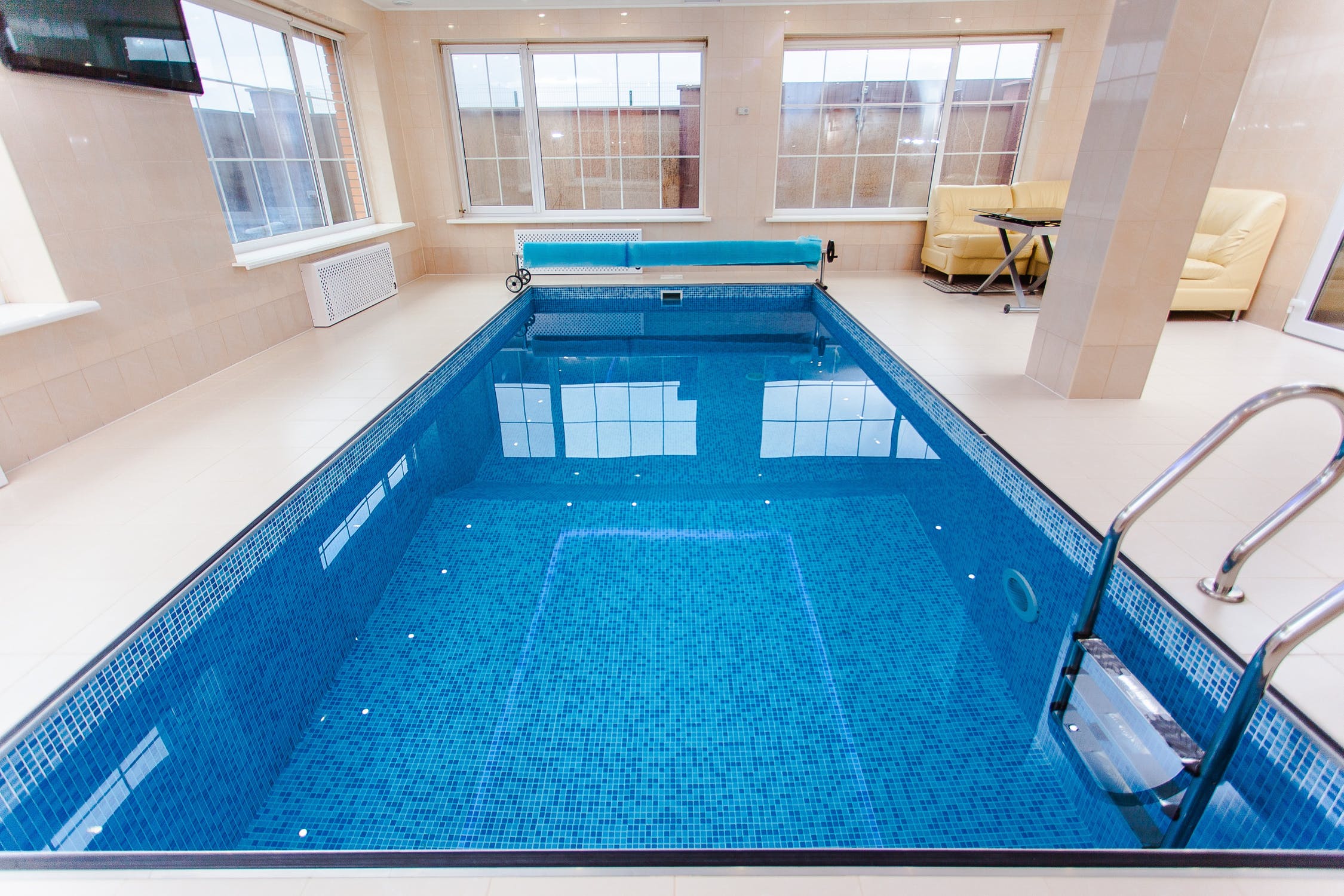Dehumidification plays a very important role in many industries that require relative humidity control in their cooling processes.
As you know, air molecules are composed of different chemical elements. Among their properties is the ability to retain water. This percentage of water needs to be controlled with several processes where the industrial cooling cycle intervenes.
Every air molecule can reach a maximum saturation point that expresses the maximum amount of water it can contain.
The excess or lack of water in each air molecule can interfere in food conservation or each product’s or substance chemical composition, depending on whether it’s a cold room, laboratory, etc.
In other words, maintaining specific controls of the amount of water in the air is essential. The concept of relative humidity is used to measure the amount of water required in the air.
Relative humidity is expressed as a percentage and it’s a way of measuring water in the environment.
Maintaining relative humidity percentage at an ideal point for products conservation is a goal of industrial dehumidifiers.
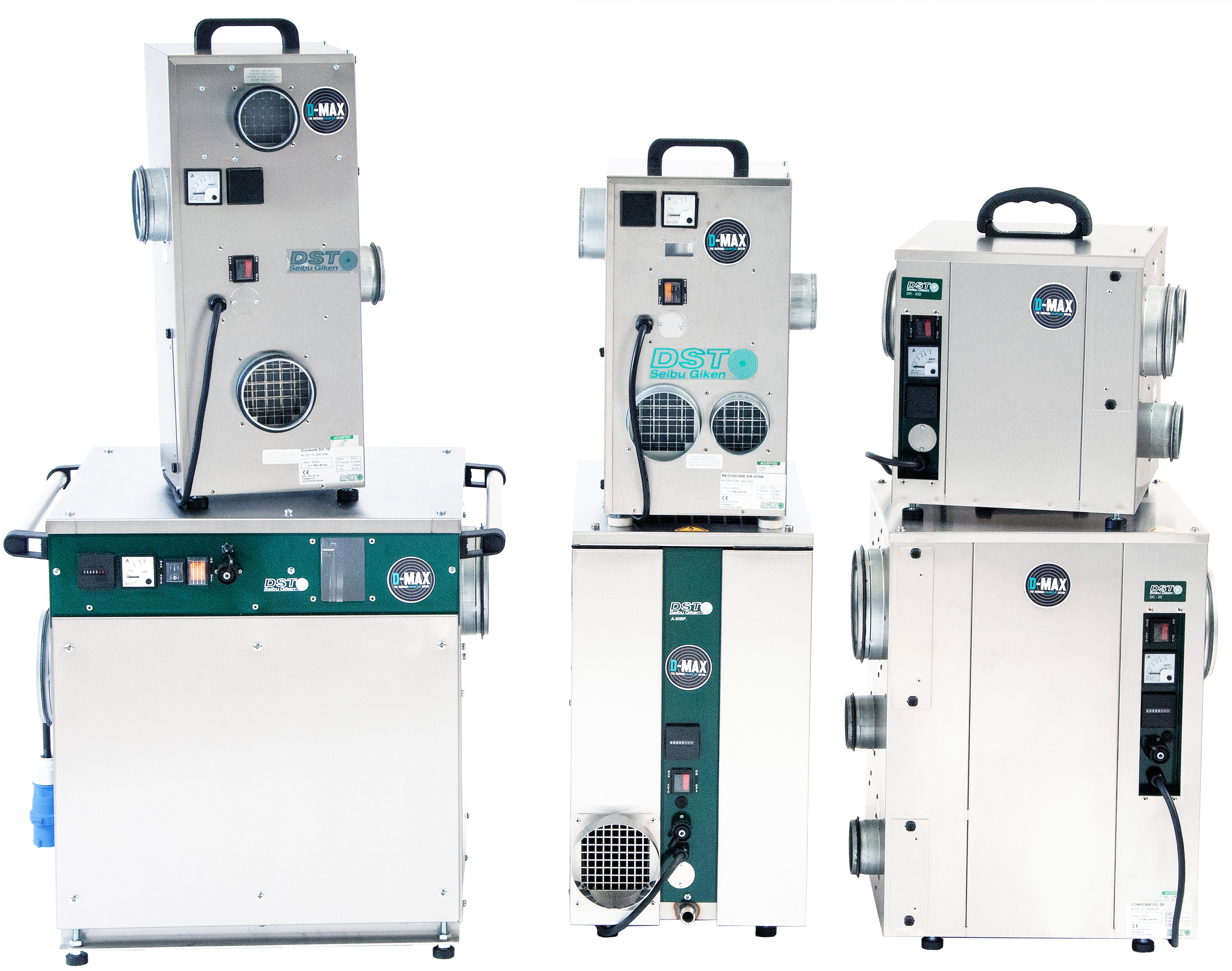
Industrial equipment used for dehumidification process
The purpose of industrial dehumidification equipment is to remove water molecules in the environment: control mechanisms where water is extracted from the air.
Technology-wise, some options depend on the type of system to be installed, but the main challenge is to find the appropriate equipment that consumes the least amount of energy.
On average, dehumidification equipment can be twice the total cost of refrigeration equipment.
This is due to the fact that in order to dehumidify, it is necessary to carry out a condensation process, that is to say, to transform the water from the environment to its liquid state, which requires high energy levels.
These are the equipment most frequently used in the industry:
1. Resistance heating
A system still used in some refrigeration systems consists of using resistances of various metals or other materials that allow the air to be heated and thus lose moisture.
The above results in a high energy consumption, since hot air necessarily needs to be cooled again to achieve the dehumidification of the environment.
2. Humidity Sink or humidity siphon
It consists of a complete refrigeration unit with basic components: evaporator, condenser and compressor.
In this system, the air is cooled with an evaporator, then condensed and released into the environment as dry air. A system frequently used for corporate buildings or offices.
3. Enthalpy wheel or desiccant
It is an effective method created a quarter of a century ago by the Swedish company DST. Its components made of a fiber called silica gel allow water molecules to be trapped in the air and removed by condensation.
This system has the advantage of not requiring a large energy investment, since it only requires an electric motor to generate the movement of the wheel that absorbs moisture in its rotation and eliminates it.
Likewise, this dehumidification system has no temperature limitations and eliminates moisture even at low temperatures.
The enthalpy method has residential and industrial applications.
Most recognized brands of industrial
dehumidifiers
- Lennox: a company with more than 100 years of being one of the most recognized international manufacturers in the cooling industry. It handles dehumidification equipment for commercial and residential use.
- Fisair air humidity control: a transnational corporation with presence in 30 countries and founded in Madrid in 1969. It manufactures dehumidification technology for commercial and light use.
- DST Humidity Control Systems: a transnational corporation founded in Sweden in 1986, it specializes in designing and manufacturing dehumidification systems for industrial and commercial sectors.
At Froztec International we have participated with specialized engineering and selected technological equipment of these and other brands specializing in refrigeration systems that require precision in their dehumidification processes.
👉🏼 If you want to know more about this important topic of the refrigeration industry, in our blog “blog Piensa en frío” we prepared a post regarding relative humidity control in various processes.
Industrial dehumidification and relative humidity applications
Various industries that require relative humidity control in their processes make use of dehumidification systems. Example of them are:
In food industry, relative humidity control is fundamental
A bad relative humidity control system can cause losses in fruits and vegetables storage. On the one hand, excess moisture accelerates the ripening process and an environment too dry is also detrimental to the taste and texture of many foods.
In meat products, moisture accelerates the molecules decomposition, while water absence in the air, food of animal origin dehydrates.
For seed storage, dehumidification plays an important role, since we know that an environment that is too humid would affect their integrity.

Control of relative humidity in the hotel sector for comfort purposes
In luxurious hospitality industry, some hotel or spa areas may require dehumidification equipment alongside a cooling system, giving visitors a comfort experience.
Dehumidification in rooms is carried out with one equipment for each room.
We recommend reading 👉🏼 Cooling equipment for the hotel industry.
In indoor swimming pools or ice-skating areas.
In very cold climates where it is used to install indoor pools or sands with ice rinks, indoor humidity can be high and even reach its saturation point.
Environment is perceived as humid even if the temperature is not high. This proves that relative humidity is not an exclusive phenomenon of places with high temperatures but that a cold place can also have high relative humidity.
In these cases, the use of industrial dehumidifiers helps maintaining the appropriate humidity levels.
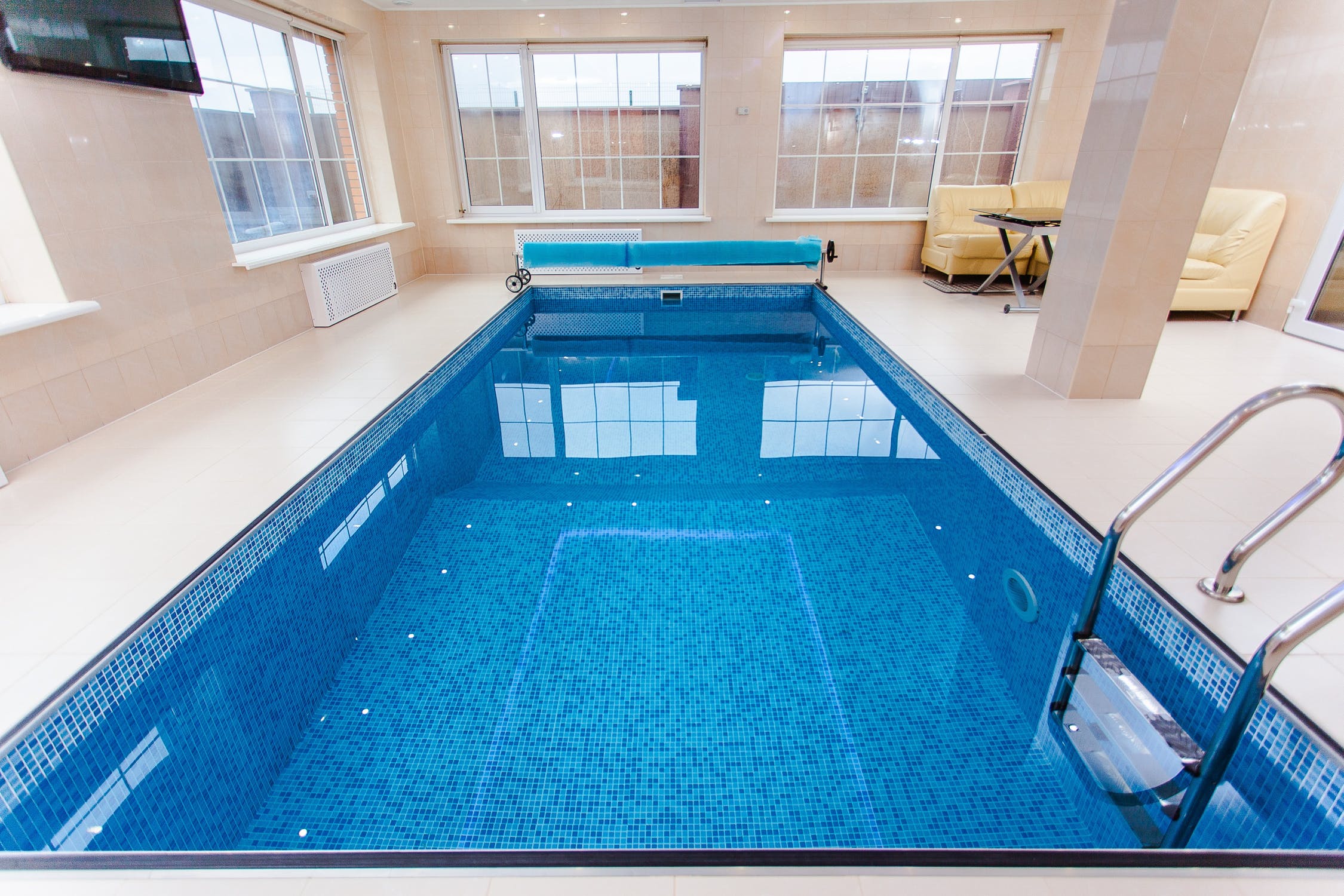
Dehumidification in the pharmaceutical industry, for drug preparation and preservation
Many drugs require a constant relative humidity under strict control. An example of this are effervescent substances that are reactive to water, so an excess of humidity can alter the substance of this type of medicine.
Are you interested in quoting an industrial refrigeration system for laboratories? 👉🏼 Click here.
In hospitals to prevent infections
Faced with a significant variety of bacteria surviving thanks to the amount of water in the air of a health center, it’s important to maintain a relative humidity that provides proper sterile conditions.
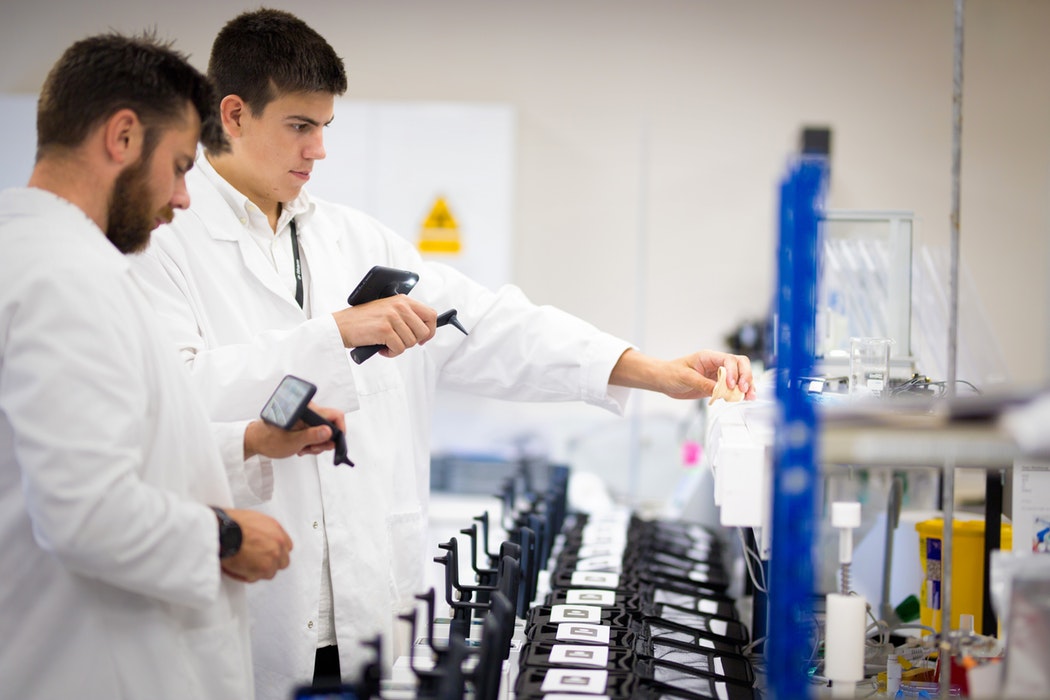
Specialized engineering for the control of relative humidity
The industry’s challenge is to ensure that cooling processes have dehumidification systems favoring energy savings and, at the same time, high efficiency.
At Froztec International we have almost 20 years of experience with cooling projects that require specialized engineering and the selection of the best equipment to guarantee energy efficiency.
If you are working on a project and need counselling and specialized support, do not hesitate to contact us, our network of consultants in the United States and Latin America is ready for the support you need.
Related
Discover more related articles
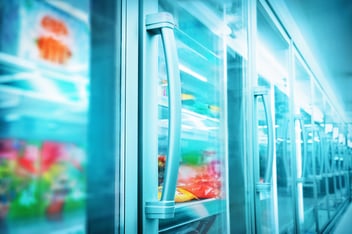
The little industrial refrigeration manual for poultry
Not all products are refrigerated and preserved equal. And that is why no industrial refrigeration system is universal or adequate for all.
Read more »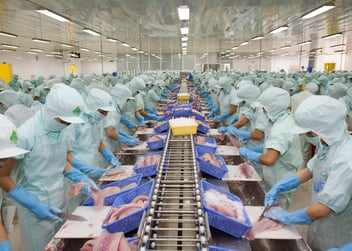
Are you part of the fishing industry? Meet the best equipment for...
To use the best cooling equipment for fish and seafood preservation is a challenge for many businessmen and contractors who search for a...
Read more »